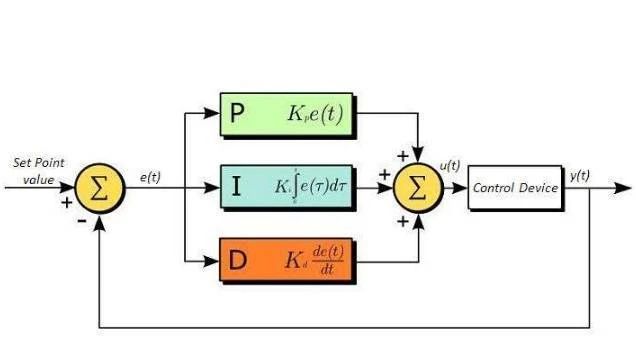The full English name of PID is: Potential Induced Degradation, that is, potential induced degradation.
In 2005, a company in the United States discovered and proposed the PID effect for the first time, which specifically refers to the long-term operation of the module at high voltage, the leakage current between the cover glass, the packaging material and the frame, and a large number of charges gathered on the surface of the solar cell, which deteriorated the passivation effect on the surface of the solar cell, resulting in the reduction of fill factor, short-circuit current and open-circuit voltage, so that the performance of the module is lower than the design standard, but the attenuation is reversible.
The following table shows the comparison of parameters and I-V curves before and after the PID effect test of the module, through which it can be clearly seen that the PID effect has a huge impact on the output power of the solar cell module, which is the "terrorist killer" of the power generation of the photovoltaic power station.
Power Comparison Table
I-V curve (before PID effect test)I-V curve (after PID effect test)

Other researchers have found this kind of problem and explained in detail the effect of PID: when the PV module is subjected to negative bias, the leakage current anode ions (usually Na ions) flow into the solar cell, reducing the parallel resistance of the solar cell. That is, impurities appear within the semiconductors that form conductive channels inside the solar cell, reducing the current output of the module.
The third situation that produces the PID effect of photovoltaic modules is: the edge of the photovoltaic module is sealed and not treated well, resulting in the entry of part of the water vapor, and the hydrolysis of the EVA layer to generate acetic acid, because the acetic acid is weakly acidic and easy to decompose, it reacts with Na in the glass, generates a large amount of water again and increases a large number of freely moving Na ions, so that it reacts violently with the silver grid on the surface of the solar cell, thereby corroding the solar cell grid wire, resulting in the increase of series resistance, resulting in the attenuation of module performance, and such attenuation is irreversible.
It can be seen that there are two main reasons for the formation of PID effect of photovoltaic modules:
1. The electric field of the original PN junction changes, or there are other current channels, resulting in the decrease of the photogenerated current actually flowing through the PN junction;
2. The device is affected by ion migration, and the material properties have undergone irreversible changes, and the output power has become smaller than that of the original manufactured components.
At present, according to the causes of the PID effect of PV modules, although PID can be reduced or avoided from the solar cell, module and system side respectively, the impact of PID effect is ultimately reflected in the solar cell. Therefore, it is recommended that solar cell manufacturers conduct a more comprehensive study of products, combine upstream and downstream, and consider cost-effective solutions as a whole.
System: The first method is to connect the negative pole of the module in series to ground or to apply a positive voltage between the module and the ground at night. In the second case, as the microinverter is used, the system voltage decreases and the resulting PID effect may be negligible.
Components: Humidity is a factor that causes the PID phenomenon, so pay attention to humidity control when packaging. In the process of EVA production process and selection of screening raw materials, we pay attention to the process of raw material ratio, so as to improve the effect of EVA adhesive film on the anti-PID of modules.
solar cell: The solar cell itself is the most important key factor in PID resistance, and changing the emitter and SiN anti-reflection layer can appropriately improve the resistance to PID, but both improvements bring about changes in power generation efficiency and an increase in additional equipment.